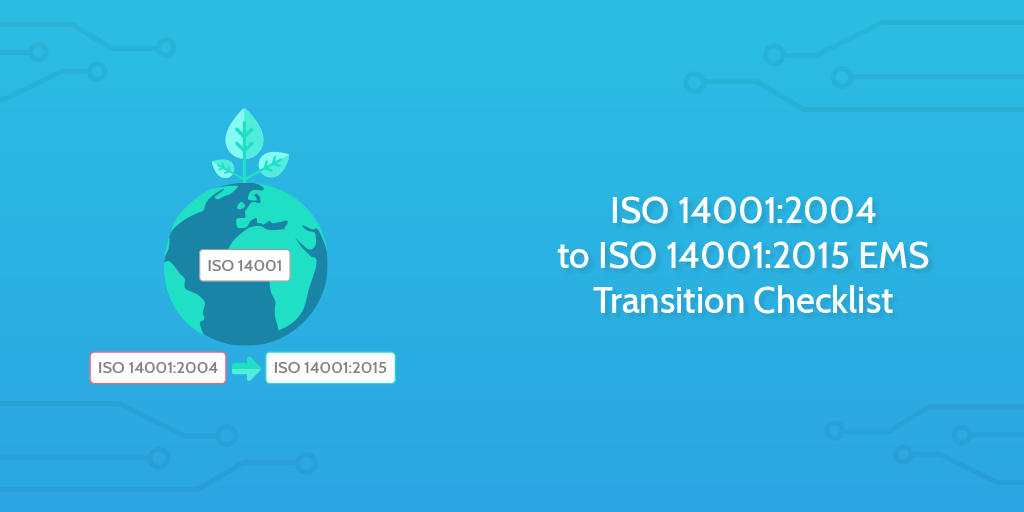Congratulations, you've successfully covered all of the major components for an ISO 14001:2004 to ISO 14001:2015 transition.
I'd still recommend going over the finer requirements of the standard to make sure you haven't missed anything; perhaps take a look at the ISO 14001 EMS Structure Template for ideas how you could streamline your EMS with a software like Process Street.
With the 2015 updates to the standard (and many other ISO standards) ISO compliance has never been easier. You can now use software like Process Street to build and maintain your entire environmental management system.
Here's an overview of the transition report, using information you submitted in this checklist:
Checklist completed by: {{form.Environmental_manager_first_name}} {{form.Environmental_manager_last_name}}
Transition started: {{form.Date_of_transition_start}}
Scope
Context of the organization
Internal context: {{form.Internal_context}}
External context: {{form.External_context}}
Environmental context: {{form.Environmental_context}}
Relevant interested parties
List of stakeholders: {{form.List_of_stakeholders}}
Stakeholder requirements: {{form.Stakeholder_requirements}}
EMS scope
Changes to EMS scope: {{form.Changes_to_EMS_scope}}
Environmental policy
Changes to environmental policy: {{form.Changes_to_environmental_po}}
Plan
EMS objectives
Recommendations for aligning environmental objectives with strategic direction: {{form.Recommendations_for_aligning_environmental_objectives_with_strategic_direction}}
Risks and opportunities
EMS risks: {{form.EMS_risks}}
EMS opportunities: {{form.EMS_opportunities}}
Environmental aspects
Environmental aspects changes: {{form.Environmental_aspects_changes}}
Compliance
New compliance obligations: {{form.New_compliance_obligations}}
Documented information
Changes to documentation procedures: {{form.Changes_to_documentation_procedures}}
Do
Operational control
Top-level procedures: {{form.Top-level_procedures}}
Check
Environmental performance
Key environmental performance indicators: {{form.Key_environmental_performance_indicators}}
How are environmental performance indicators measured?: {{form.How_are_environmental_performance_indicators_measured?}}
How are environmental performance indicators monitored?: {{form.How_are_environmental_performance_indicators_monitored?}}
Act
Measurement and reporting
Changes to management review procedure: {{form.Changes_to_management_review_procedure}}
Changes to internal audit procedure: {{form.Changes_to_internal_audit_procedure}}





